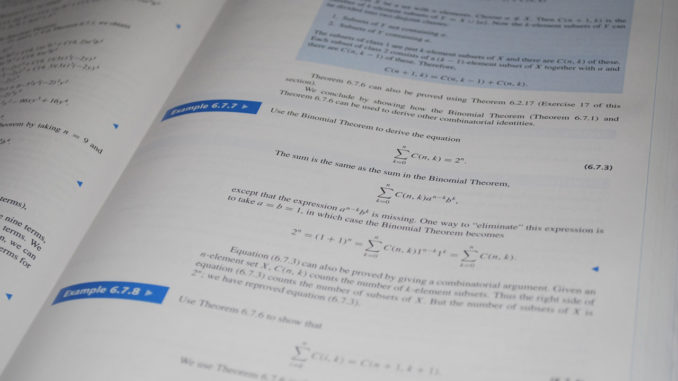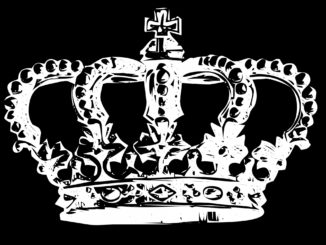
By Cameron Ibrahim
Sports Editor
American Education is no longer only about enriching the minds of young citizens; it’s now a billion-dollar industry.
Several corporations have gained control over aspects of the educational industry. According to Pearson Education, the corporation made over $1.1 billion in the U.S. in 2013, and the College Board is a non-profit with million-dollar executive positions and a pervasive presence in testing.
“It’s expensive for kids to take Advanced Placement tests,” math teacher Linda Gesualdi said. “I understand kids want to take APs to get credit for college, but there is a lot of pressure on kids to take APs, and I think the level of competition they create can outweigh the benefits of the test.”
According to the Wall Street Journal, Pearson Education is a publishing company that spent $2.5 billion to purchase National Computer Systems, a company that processed academic tests and provided software to schools. In 2013 alone, Pearson had a profit of $1.1 billion. Pearson creates tests, textbooks and educational software, and many schools use Pearson to create and implement entire curricula, though Costa is not among those schools.
“I think it is interesting that a British company not related to educational policy development in any way is being contracted to create educational standards, especially because of how closely allied the company is with Apple,” English teacher Shawn Chen said.
Pearson has also been contracted a number of times by school districts across the country to create online programs and curricula. For example, according to www.politico.com, the Los Angeles Unified School District spent $135 million working with Pearson to create the Digital Common Core curriculum for iPads, an initiative that is now under fire due to alleged collusion between LAUSD, Apple and Pearson officials to ensure that Pearson received the contract, and because of reports that the iPads were purchased before the program was completed. Pearson also holds testing contracts with 21 states and is the creator of PowerSchool, a student information system which received mixed reviews when introduced at Costa.
“It’s shocking that schools continue to support technology that is frowned upon by the very people who are supposed to use it, the teachers,” junior Joanne Qi said. “The monopoly that Pearson has on the Common Core curriculum should be more of an issue; most students don’t realize how much influence one company has on our education.”
The College Board controls two tests that are used in the college admission process: the Standardized Aptitude test and AP tests. The SAT is a standardized admission test that is accepted as a measure of academic prowess on a national level; it is supplemented by subject tests which show a student’s proficiency in a chosen category.
AP tests are specified high level tests which can be taken to earn college credit. Between these two tests, according to www.bloomberg.com the College Board, an organization that is allegedly non-profit, made $660 million in revenue. In 2009, the president of the College Board, Gaston Caperton, received $1.3 million in compensation.
“In my opinion, the SAT has gotten easier,” AP Physics teacher Jon Lewis said. “With more people taking the test, they generate more revenue. Increasing the number of people taking the test should lead to increased efficiency, but we haven’t seen any increase in efficiency.”
The College Board charges $91 for an AP test, with a $9 rebate to the school to cover administrative costs. Costa charges $96 per test, marking up the already-expensive test; the average AP student in 2013 took three tests, which would cost $288, of which the school would keep $42.
“The markups are to cover the expenses of administering the exam, such as proctor fees,” AP Test administrator Joe Ciasulli said. “At the end of the day, we only make or lose a couple hundred dollars paying for the tests.”



Leave a Reply